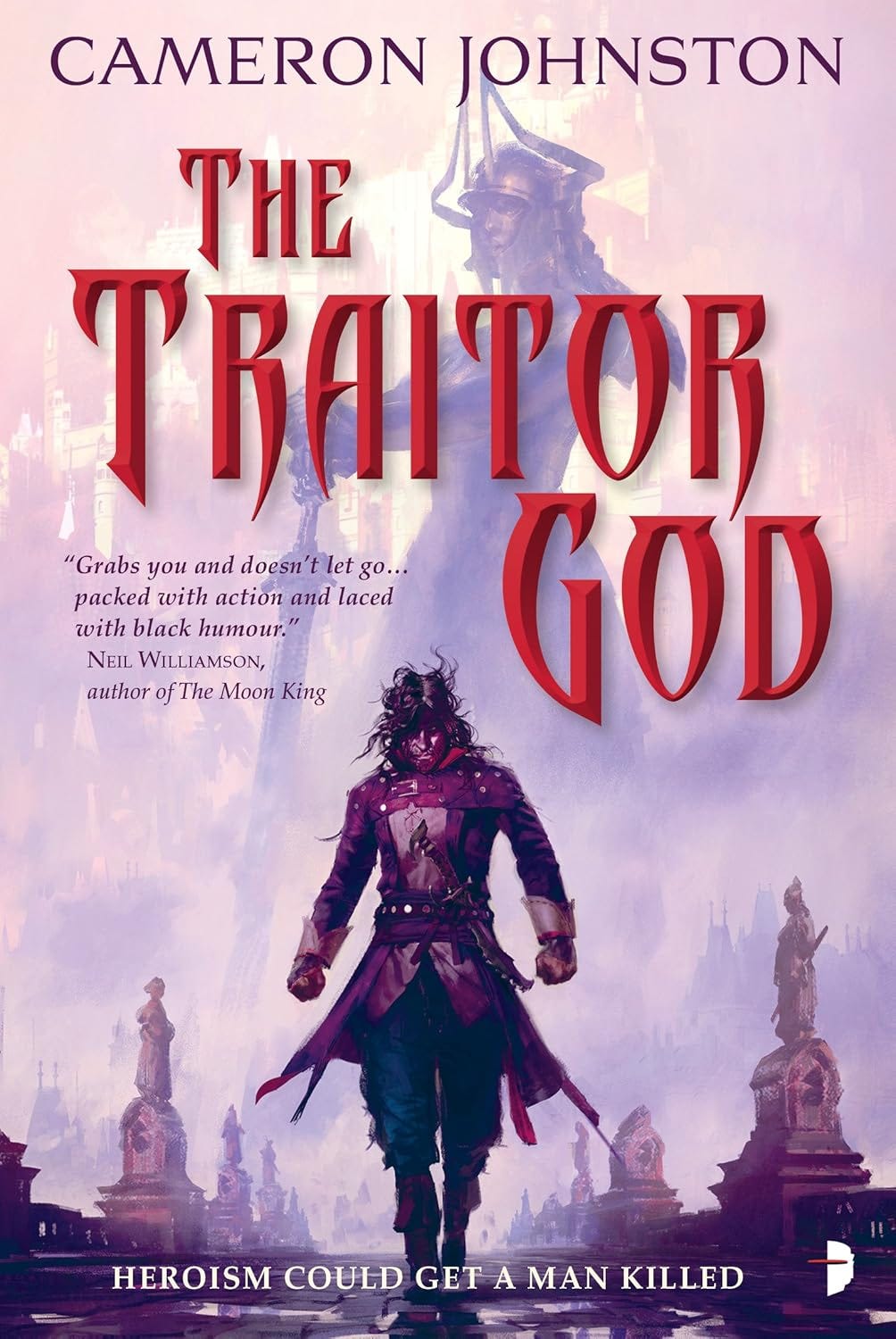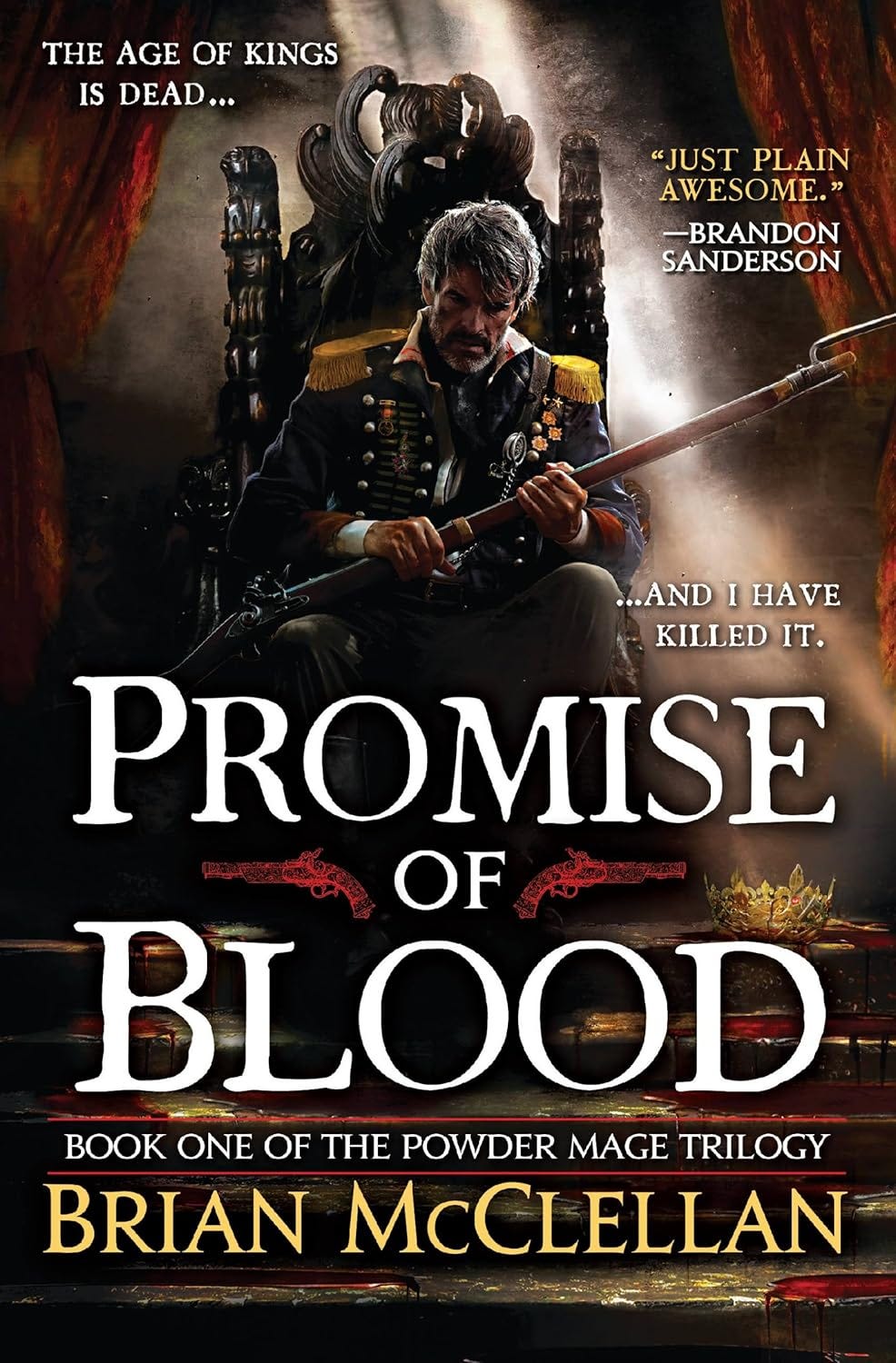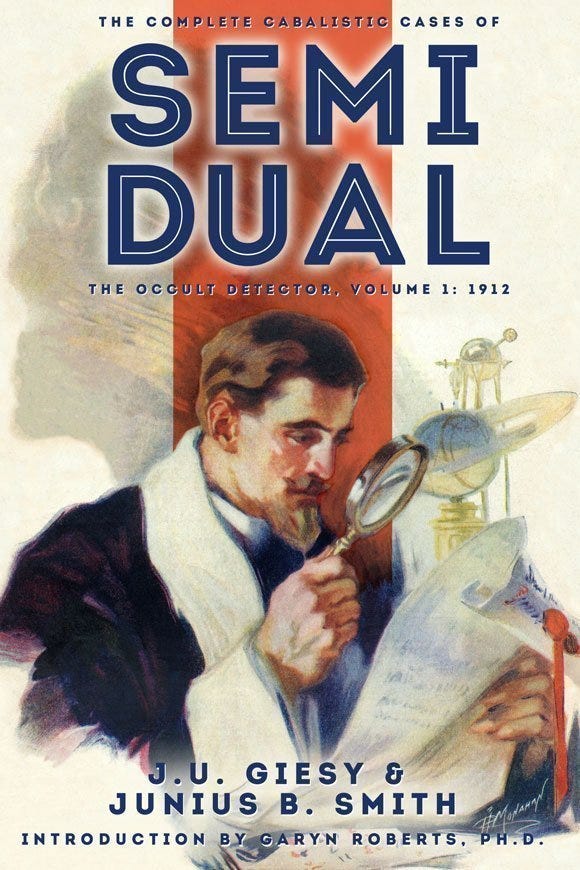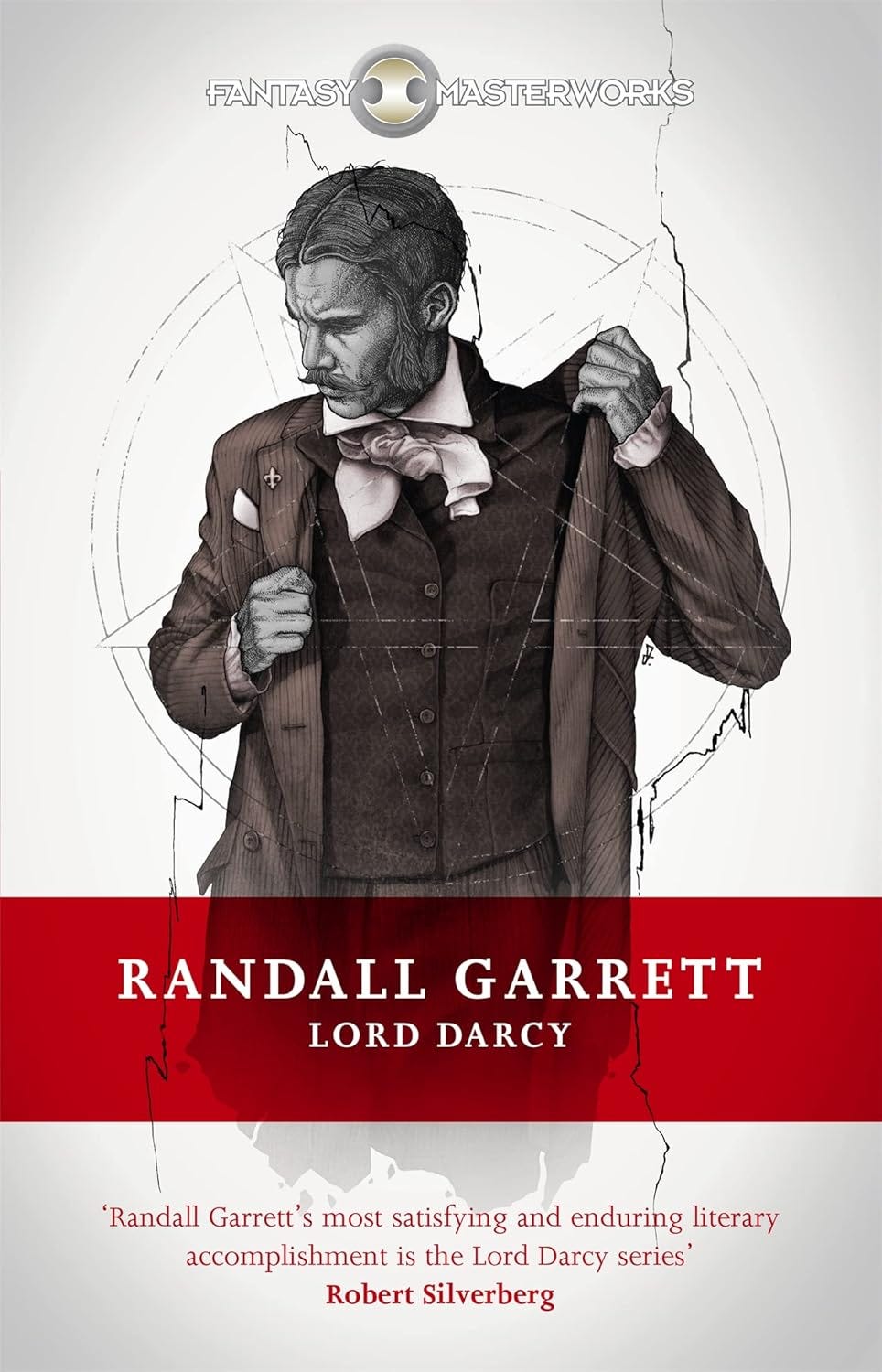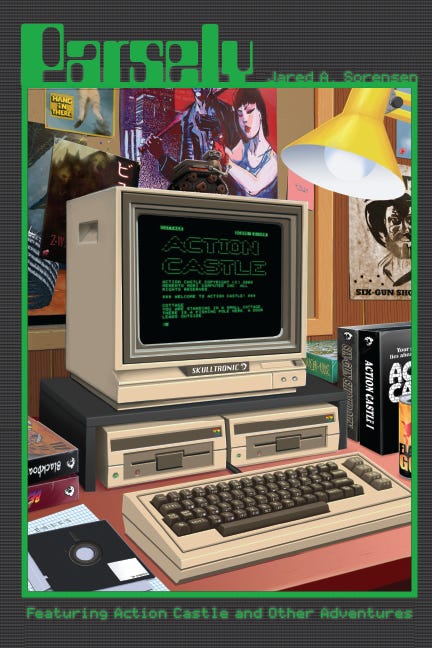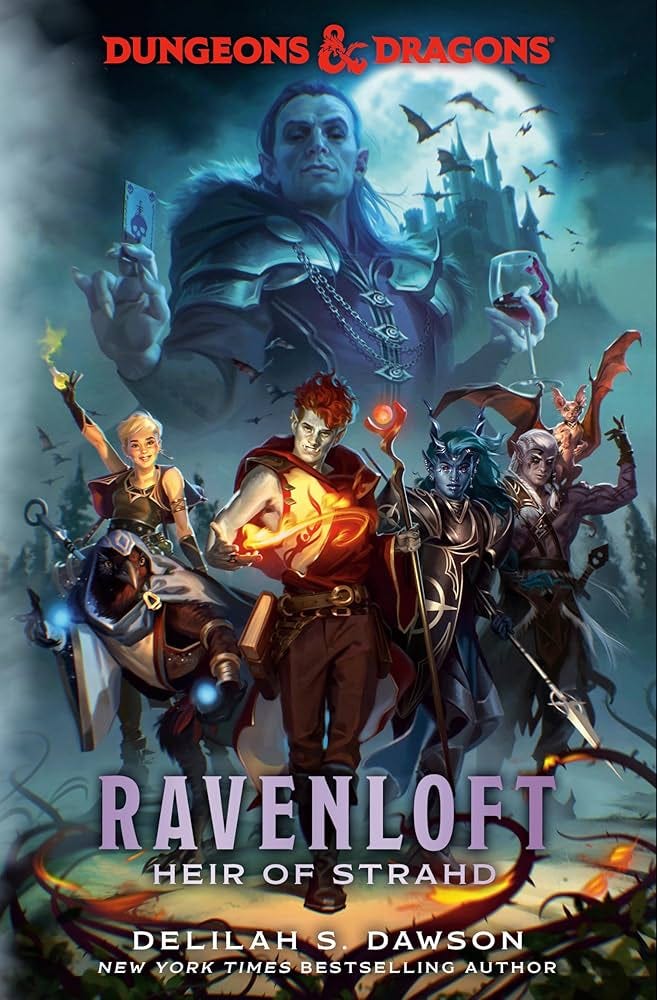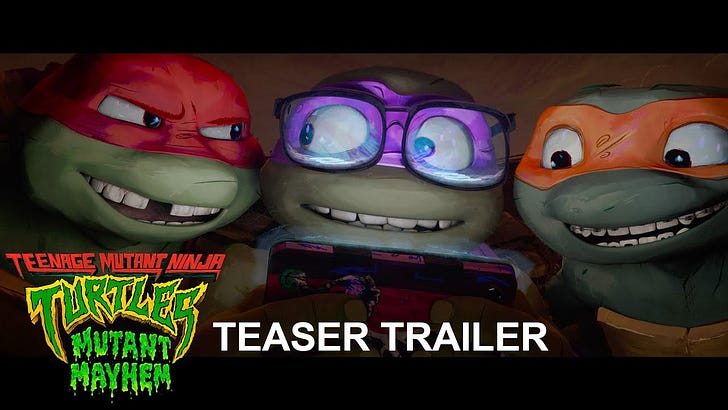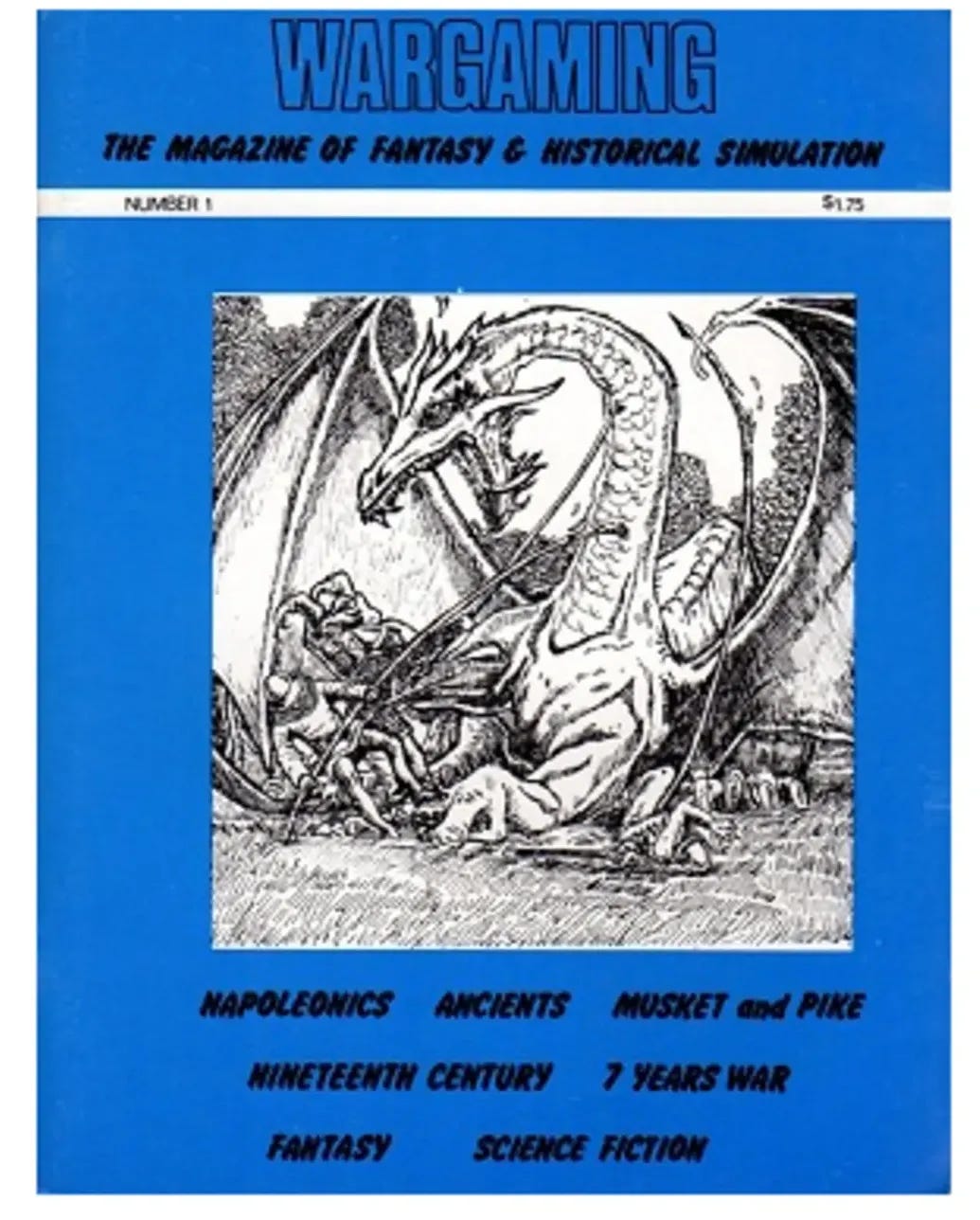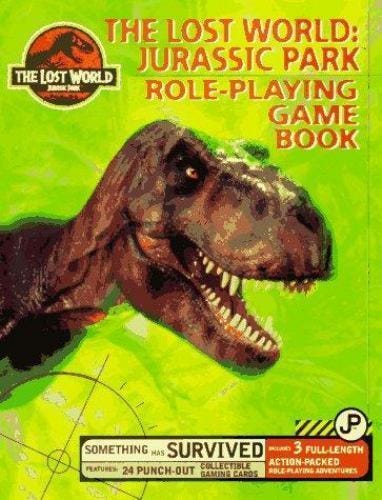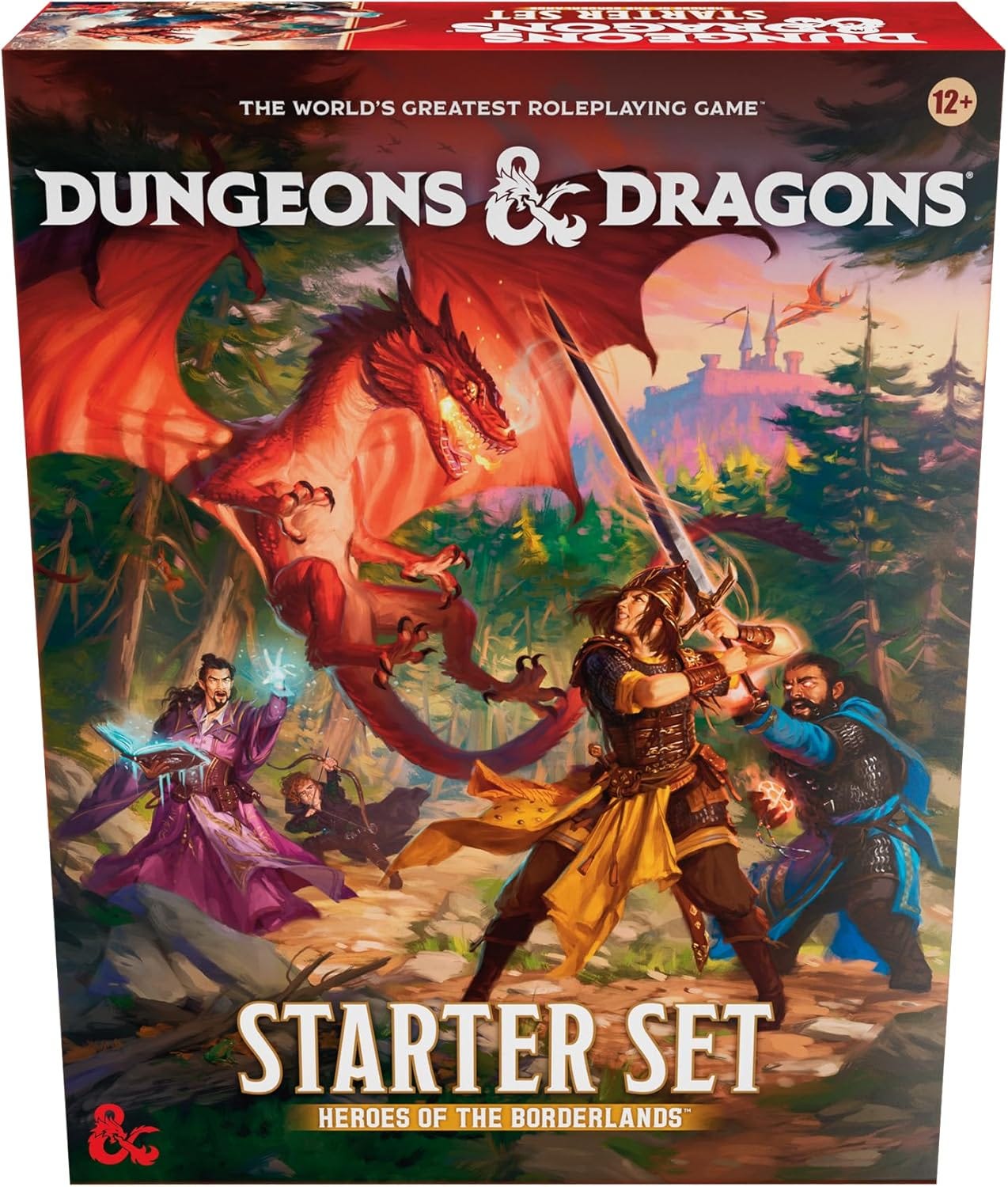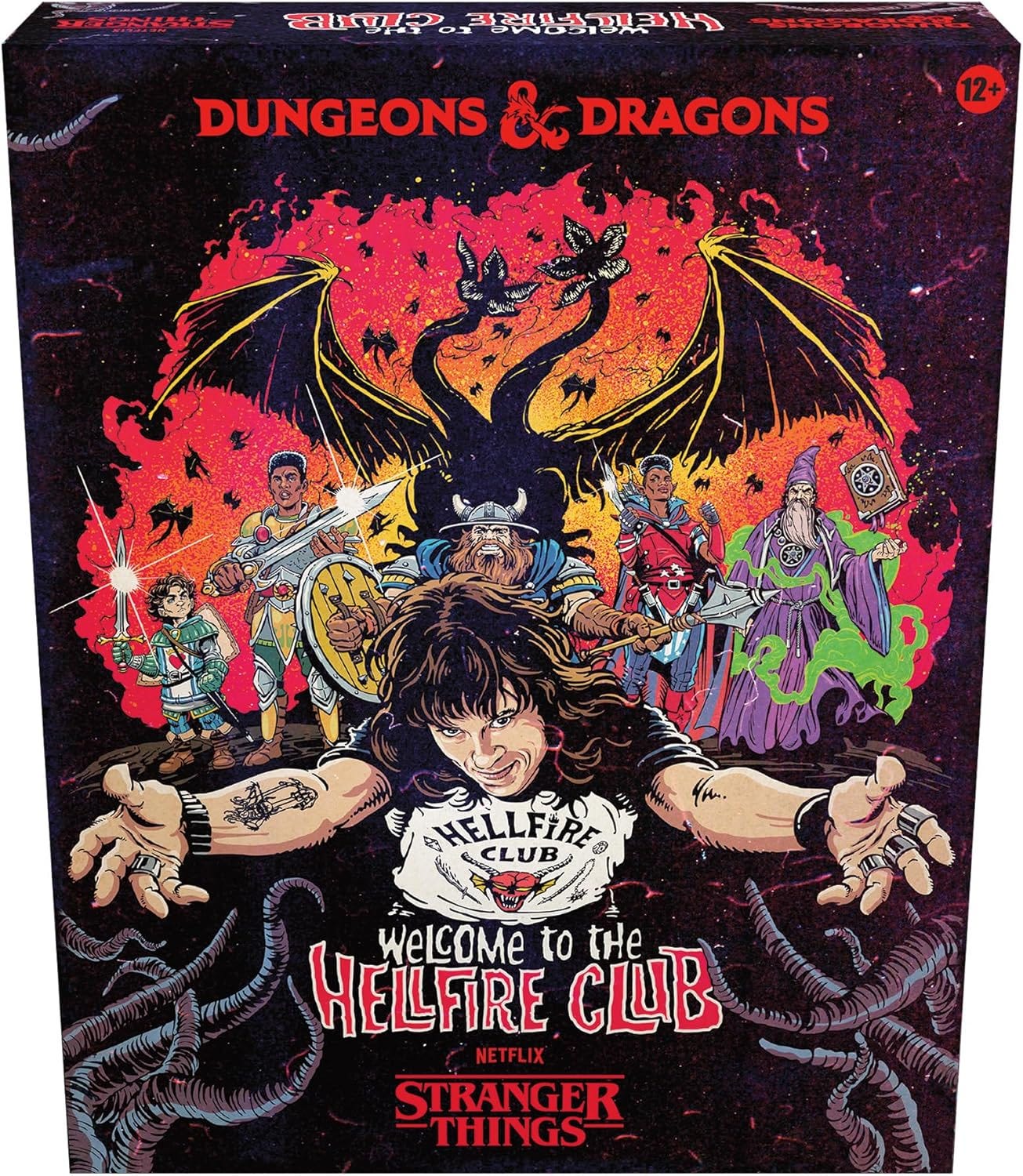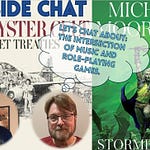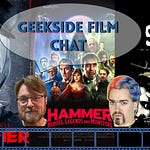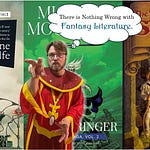What is a Geekside Chat?
Back in the Before Times in the Not Now (2008) when I started the Geekerati Podcast with my friends Shawna Benson, Bill Cunningham, Eric Lytle, and Wes Kobernick we used to have a segment called “Overtime.” At the time, we used a now defunct service called BlogTalkRadio which allowed us to stream live and receive calls during our weekly shows. Essentially, we would schedule an interview for Monday at 8pm and use Skype and cell phones to line everyone up and then live broadcast. We could even take calls from people who wanted to call in.
The ability to take calls led to one of the funnier moments of the show when a very confused random caller, we had no screener after all, called and asked what our show was about. It became a bit of a running gag on the show. Any way, the live streamcast of the show was limited to 60 minutes (I think) on the plan I was paying for but the audio would continue to record for those who listened to the podcast later. This is the section we called our “Overtime” segment and the “Welcome to Overtime” you hear in the video’s intro is a clip of me letting a guest, and listeners, know that this was content that didn’t air live.
What made Overtime interesting was that it was a very different experience from the live streaming interview. While everyone on the show were very good friends and while the guests were “warmed up” for fifteen minutes before the show, the interviews were usually very structured. To this day they sound like interviews. I think they are good interviews, and I’ll be sharing more soon as I re-edit them and eliminate BlogTalkRadio branding and call in numbers, but they were structured and a bit un-natural. Overtime was exactly the opposite. These usually ended up being very natural conversations where my friends and I would, as happens in regular conversation, talk over one another and give and take with ideas. The guests would jump in whenever and it was more like an actual conversation than an interview. These were my, and typically also my guests’, favorite parts of Geekerati discussions.
Since returning to regular writing, and irregular video creation, with my Substack, I’ve typically used a written script when recording a video. I do this because I want to make sure that any claims I make are fact checked before hand etc., but I think it gives those videos a less spontaneous feel and I don’t really want that. My goal with this newsletter, as I’ve said many times, is to create a community feeling. That doesn’t mean I expect a lot of comments below, rather that I and my readers interact on Notes and share one another’s posts with other people. My goal is to create a kind of support community or Substack Circle and I think that would be better served with more spontaneous discussions in my videos.
I want to give you my thoughts unfiltered. Sure, that can be “dangerous” in an ocular society where there is always someone waiting to criticize or shame you, but it’s also honest and sincere which is what I want to provide here. To that end, I recorded my first Geekside Chat last night. It contains only one edit and that is the removal of a single “um.” After editing that one out, I decided to let my stumbling and bumbling to continue. After all, most of my posts are first drafts, so why not make my videos first drafts too? What you see is what you get.
My aim with these Geekside Chats, other than being open and sincere, is to share some of the things I am engaging with and will likely write about in the future. I figure that they’ll be a kind of conversational trailer for future articles and videos. I’ll probably still do scripted videos for formal reviews etc., but Geekside Chats will always be unscripted, as will any interviews I do.
So…What Did I Talk About in the Video?
I covered a lot of things in this video and I wanted to provide you with a couple of links (if it’s Amazon or DriveThruRPG it’s an affiliate link) to the stuff I was talking about so you can check them out too.
The Traitor God and The God of Broken Things by Cameron Johnston. These two books are a ton of fun.
The Promise of Blood by Brian McClellan, the first of the Powder Mage series of books. It was at this point that I talked about the talented LDS writers in the Salt Lake Area that include Brandon Sanderson, Brian McClellan, D.J. Butler, and Larry Correia. Butler’s Witchy Eye series is a particular favorite of mine. I mention the “Santa Fe, Arizona, Minneapolis” circle here and that includes Emma Bull (whose book Territory is one of my favorite fantasy novels of all time), Steven Brust, George R.R. Martin, and many more. I called it the Arizona circle, but it’s really the New Mexico circle. The connection to Arizona came from Emma Bull, who is a part of the greater Southwest writing circle, but the Wild Cards circle I was thinking of as the basis for this connection is in New Mexico.
The Complete Cabalistic Cases of Semi-Dual Vol. 1 and Vol. 2. Semi-Dual is the creation of J.U. Giesy and Junius B. Smith (the grandson of LDS Founder Joseph Smith’s brother) and part of a kind of theme for the early part of the episode since Ravenloft was also a creation of an LDS writer (Tracy Hickman).
Randall Garrett’s Lord Darcy stories. These are tales of another Occult Detective, but this time with real magic involved.
Parsely from Memento Mori Theatricks. This is a wonderful collection of text based adventures for live play inspired by old text based computer adventures.
The “Bat Book” that
uses as the basis for her Tea and a Tale Series of audio readings.Delilah Dawson’s media-tie in novel Ravenloft: Heir of Strahd. At this point I began chatting about the challenges Wizards of the Coasts face as they try to appeal to all audiences with every product instead of appealing to core audiences of each product. Here I mentioned my Teenage Mutant Ninja Tortles B/X character class. I think I’ll reapproach each Turtle as a separate class instead of using one class to represent all them.
The Nimble Role Playing Game, which claims to be 5e Compatible but which is actually just a great stand alone RPG. Is it technically 5e Compatible? Yes, but it’s far more than that.
Fantasy Games Unlimited’s Wargaming Magazine.
Dungeons & Dragons: Heroes of the Borderlands Starter Set. This is a dense product that I’ll be using to run an adventure this weekend, so we’ll see how well I think it introduces the game to younger gamers. The gaming group I will be using it with has played D&D before, but is still relatively experienced. I talk a lot about D&D and branding and Wizards’ struggles of late and how it looks like they are aiming at a crowd that prefers whimsical games while also insulting existing fans. It’s something I’ve touched on before in my “How Not to Market D&D” post about 4th edition.
Dungeons & Dragons: Welcome to the Hellfire Club Boxed Set. I initially thought that this would be a D&D board game incorporating Stranger Things, but it looks like another Starter Set. If this is the case, which I’ll only know after a full examination, then it is evidence that Wizards might be beginning to take the approach I recommended and release products aimed at specific audiences rather than trying to have every release try to please everyone. That strategy rarely works.
Anyway, I covered a lot of stuff and in my semi-rant about Wizards of the Coast and marketing, might have alienated a few of you, but my take is different than most people because I try to acknowledge that D&D is affected by culture war things, and might even engage in it, but that the end goal at the corporate level is protection of brand.
So…What Do You Think?
Should I do more unscripted random chats?



